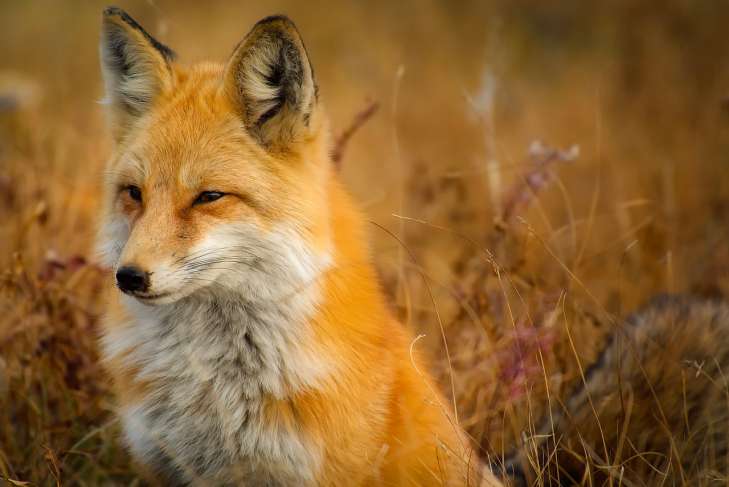Fox: Interesting Facts
The widely known fox trick also has a real basis.
For example, the ability of a fox to evade pursuit by confusing its tracks, abruptly changing the direction of movement and confusing it.
What is the lifestyle of a fox
Foxes, as a rule, are nocturnal, but there are also those that hunt for food in the morning and daytime hours and sleep at night.
Foxes can dig very long and multi-chambered burrows in the slopes of ravines or hills, but they are not used as permanent homes.
What is the fox's trick
An adult fox teaches her cubs to pretend to be dead to lure birds.

At the same time, foxes are not averse to taking over someone else’s home, as in fairy tales.
The easiest thing for them is to drive out the badger.
Because of his cleanliness, he cannot return to the house if there was a fox there - he does not like the smell, and the remains of food near the mink.
Scientists have suggested that foxes, “taking away” the smell of pumas, thus scared away jackals or red lynx, which hunt foxes.
The study was published in the Journal of Ethology.
What does the fox prepare for the winter
The fox is a predator; it does not sleep in winter and does not store food for the winter, just like the wolf.
Nevertheless, both the fox and the wolf are preparing their fur coat for winter.
Their fur, like that of all animals, grows and becomes very warm and fluffy so that it is not cold in winter.
